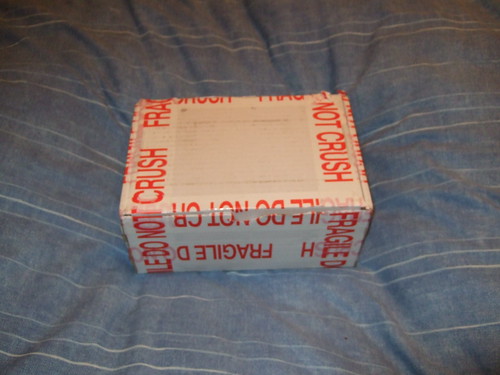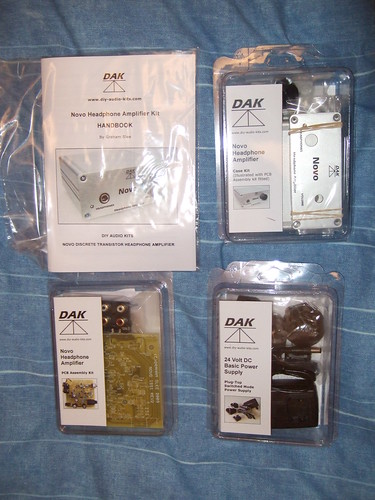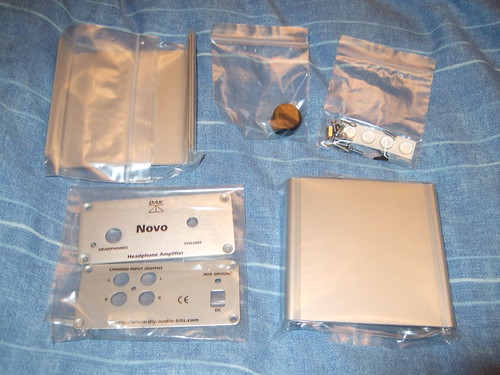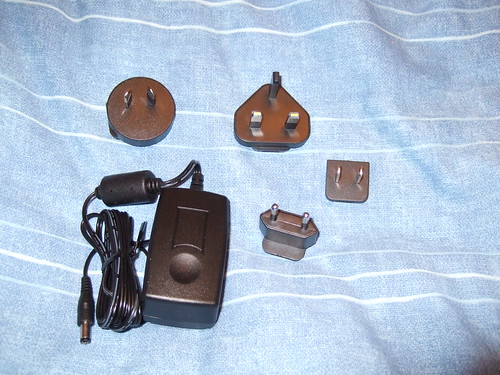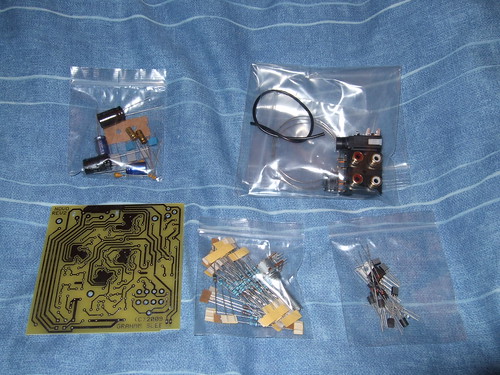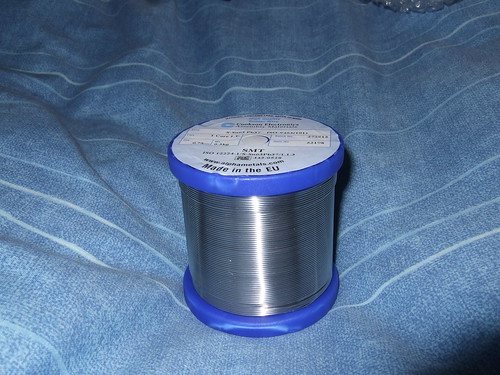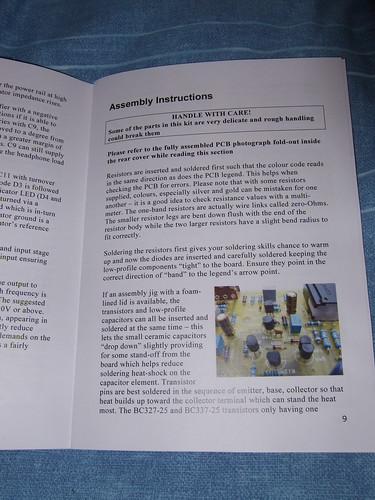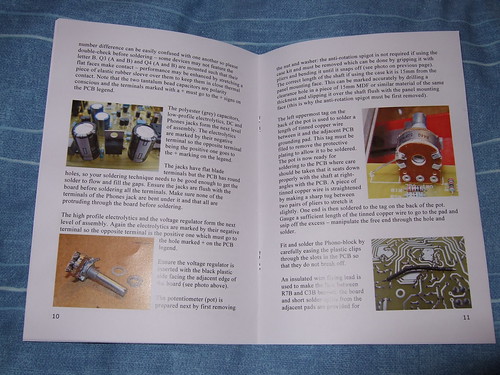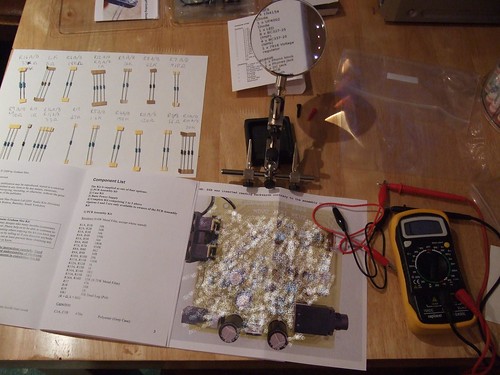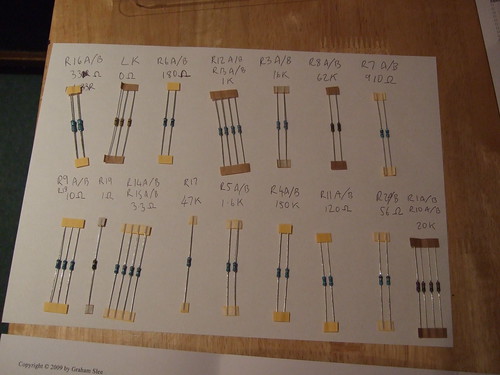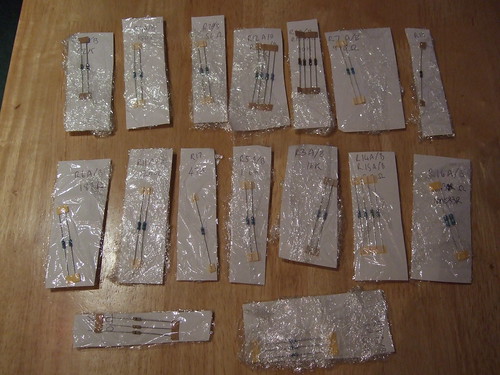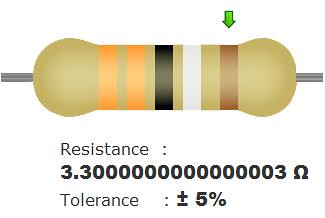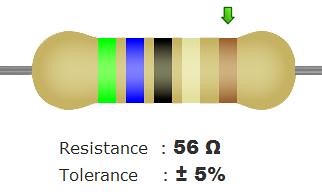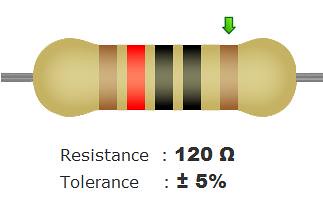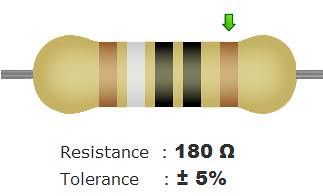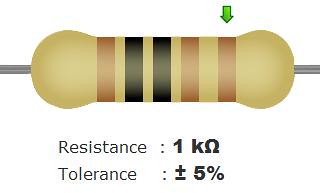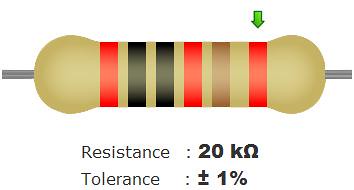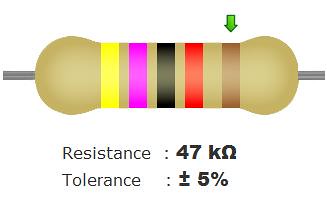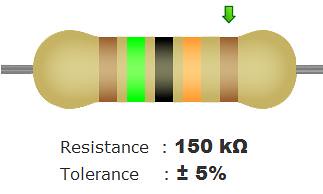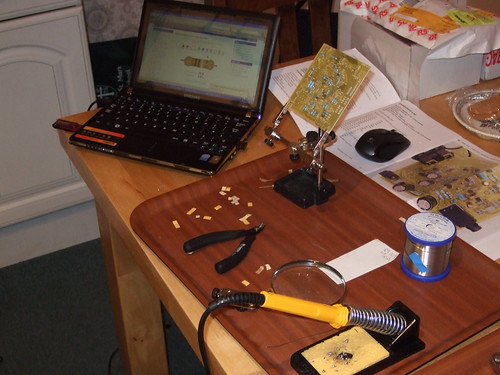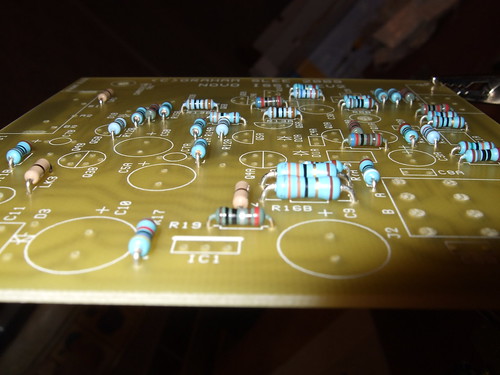I've recently developed an itch to get a new headphone amplifier. I get it every 6 weeks or so. I would have liked to get the Stello HP100. However, recent price rises have put it out of my league.
So, given my recent success with my first diy headphone amplifier (see here), I thought I'd have a go at building the recently available Novo kit from Graham Slee. The kit uses exactly the same components as the factory made Novo. The only difference is the front panel graphics. WHFSV rate the Novo as a 5 star product.

The Novo Kit
Costs
I went for the complete kit costing £120 + VAT + Shipping. For me in the UK, this translates into a total cost of £147.77. The complete kit comprises of a PCB kit (with components), a Power Supply kit and an Case kit. This compares to the ready made Novo cost of £200 + VAT. So, the cost of making the amplifier is approximately £80.
You are able to buy the PCB kit on its own for £76 + VAT + Shipping or the PCB and Case Kit (ie no power supply) for £112 + VAT + Shipping. So, the power supply costs around £8 + VAT and the case £36 + VAT.
It's quite interesting to do this breakdown of costs.....something you aren't ordinarily able to do with commercially available kit. The stuff that does the business (PCB + components) is under half the cost of the completed factory built amp. Factor in the bulk of the labour, say £60, and the total for the things that actually makes the sound is approx £130 or 65% of the total expenditure. Make of this what you will.
My only other observation is that the power supply seems a little on the cheap side. I don't know if Graham does a more expensive version. If it were my business, I'd offer a power supply kit in a similar case to the amp....although I understand that power supplies tend to be more dangerous for the amateur to build because you are dealing with 240V rather than the usual 12V.
Anyway, the kit was ordered on Sunday night and arrived today (Wednesday).
MMMmmmm. April the first.
So, given my recent success with my first diy headphone amplifier (see here), I thought I'd have a go at building the recently available Novo kit from Graham Slee. The kit uses exactly the same components as the factory made Novo. The only difference is the front panel graphics. WHFSV rate the Novo as a 5 star product.

The Novo Kit
Costs
I went for the complete kit costing £120 + VAT + Shipping. For me in the UK, this translates into a total cost of £147.77. The complete kit comprises of a PCB kit (with components), a Power Supply kit and an Case kit. This compares to the ready made Novo cost of £200 + VAT. So, the cost of making the amplifier is approximately £80.
You are able to buy the PCB kit on its own for £76 + VAT + Shipping or the PCB and Case Kit (ie no power supply) for £112 + VAT + Shipping. So, the power supply costs around £8 + VAT and the case £36 + VAT.
It's quite interesting to do this breakdown of costs.....something you aren't ordinarily able to do with commercially available kit. The stuff that does the business (PCB + components) is under half the cost of the completed factory built amp. Factor in the bulk of the labour, say £60, and the total for the things that actually makes the sound is approx £130 or 65% of the total expenditure. Make of this what you will.
My only other observation is that the power supply seems a little on the cheap side. I don't know if Graham does a more expensive version. If it were my business, I'd offer a power supply kit in a similar case to the amp....although I understand that power supplies tend to be more dangerous for the amateur to build because you are dealing with 240V rather than the usual 12V.
Anyway, the kit was ordered on Sunday night and arrived today (Wednesday).
MMMmmmm. April the first.


